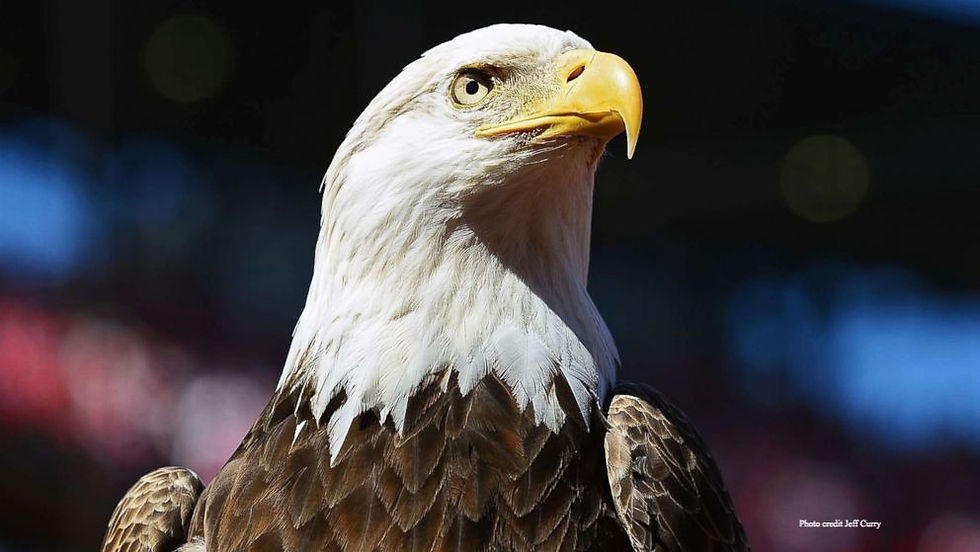CRITTER SPOTLIGHT UPDATE: Monarch Butterfly: Danaus plexippus
- cynthiamorissette
- May 2, 2021
- 2 min read
Good Morning Watershed Explorers,
Today is beautiful. I see outdoor explorations in your future.
Yesterday my girls and I took a fantastic walk at Goddard Park where the NBC Watershed Explorers usually has its end-of-year conference. It is always bittersweet for me to visit the park knowing that at least for a little longer, we will not be congregating (getting together) there in a large group. The end-of-year conference is always one of my most cherished days of the year. It's where we all come together to share our knowledge, love of nature, and most of all have a lot of fun. My wish for 2022, is that not only will we gather once again, but that we will show more than ever how much we care for this cherished Earth.
Today's critter spotlight is an update about one of my favorite critters, the monarch butterfly, Danaus plexippus. As insects go, monarch butterflies rival all others for the prize for most beautiful. Their distinct, bright orange and black coloring make them almost unmistakable unless you are looking at the viceroy, which mimics the monarch's coloring pretty well. Mimicry is an incredible critter trait. If you want to check out the previous post about monarchs from August, here is the link: https://www.nbcwatershedexplorers.com/post/critter-spotlight-monarch-butterfly-danaus-plexippus
Here is a picture of the monarch and the viceroy together so that you can see the slight variation in their appearance.

Viceroys mimic monarchs because monarchs are toxic to some predators. Monarchs feed on milkweed which has a toxic substance called cardiac glycosides. Eating the substance makes monarchs toxic too. Viceroys do not feed on milkweed but by mimicking the monarch's color, predators steer clear of them anyway.
Other animals also mimic, if you are interested in learning more about mimicry, click on this link https://www.youtube.com/watch?v=cV0kkFMK2CI
The reason for this update is that I read a story about monarchs that I had never encountered before, and I wanted to share it with you. Geologists have documented that monarch butterflies remember a mass in their migration journey that is not present anymore. When migrating over Lake Superior they take a sharp turn to their left. There is nothing in the way at this time that would force this turn to occur but thousands of years ago, a mountain rose out of the water in this exact location. Monarchs passed the knowledge of this mountain down through generations and each year when the next kaleidoscope of monarchs travel, they all turn in the same spot. Isn't that incredible?
I also wanted to share a cool butterfly art project with you that if you have some empty toilet paper rolls, you can make at home. Here are pictures of the butterflies that my girls created, along with some clay replicas of the lifecycle. I encourage you all to create butterflies and send some pictures my way.

Happy Exploring my amazing and wonderful explorers,
Mrs. Morissette






Comments